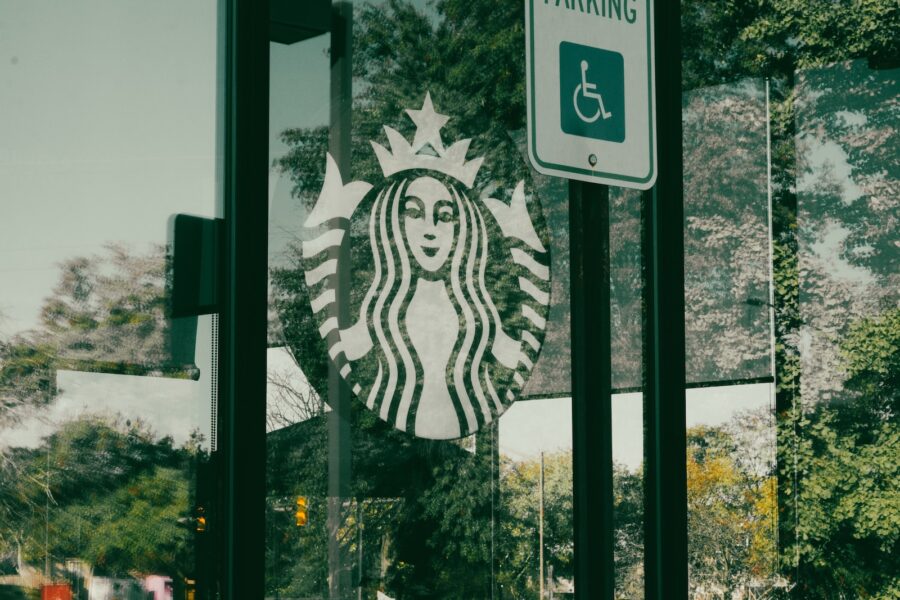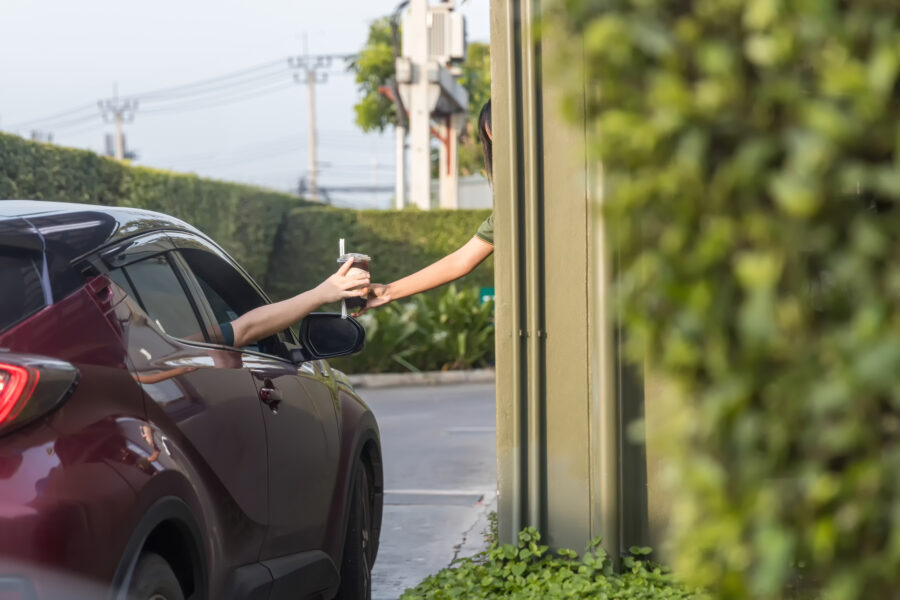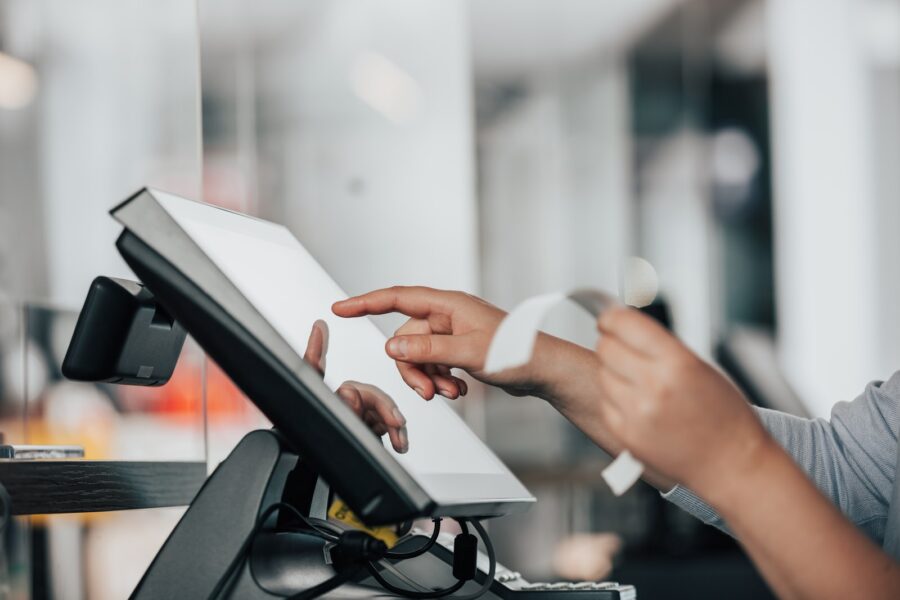To tip or not to tip?
Ultimately, it’s up to the consumer, but let’s be honest, society judges bad tippers. However, in this economy, shelling out extra cash, however well-warranted, is becoming more and more difficult for many consumers.
A recent survey from Popmenu shows consumers are tipping less than they were even one year ago. Forty-three percent of consumers said they tip their servers at least 20% of the check, down from 56% of consumers last year. Similarly, 32% of people reported tipping delivery workers 20% of their order, down from 38% a year ago.
“Restaurants have overcome a myriad of challenges over the past two years and inflation is the latest uphill battle the industry faces. With rising costs, we’re seeing consumers cut back on how much they tip restaurants for takeout and delivery orders,” Krystle Mobayeni, co-founder of BentoBox and head of restaurants at Fiserv, told The Food Institute.
Tipping Today
For many in the hospitality industry, tipping is where the money is. Many restaurants have a low hourly wage with the expectation that tips will increase this. This model works for some, especially when the economy is booming and people are feeling generous, but even the best server can suffer when someone leaves a bad tip.
When COVID hit, there was a push to help small businesses, and many were leaving extremely generous tips to show support. That trend has slowed and with consumers feeling financial stress everywhere they turn, large tips just aren’t happening like they used to.
“During the pandemic, customers wanted to support those who live off their tips by increasing their typical 15-20% tip. It made staff feel appreciated in an extremely dark time,” said Bob Vergidis, chief visionary officer of pointofsale.cloud.
“However, as we see inflation continue to rise, customers are becoming more aware of this innate feeling to save. If businesses do not change their tipping etiquette, they will lose customers.”
“In the restaurant industry, we’re seeing more and more customers choosing take-out instead of dining in or delivery to avoid tipping. Inflation has made people very aware of rising costs and they’re becoming more guarded with how and what they spend their money on.” – Bob Vergidis, chief visionary officer of pointofsale.cloud
Do I Really Need to Tip for That?
It’s an easy decision to tip a friendly server at your favorite restaurant. The barista at the Starbucks drive-thru that hands you your overpriced coffee? Not so much.
Starbucks and a number of other businesses now offer prompts when inserting a credit card that asks what type of tip you would like to leave. Yes, there’s always a “no tip” option, but many consumers feel somewhat pressured to tip in those situations.
Starbucks recently implemented this system at the checkout and in the drive thru, and customers and even many employees don’t like it. This type of practice can actually drive away customers, some say.
“Overburdening people with tipping prompts as costs for goods and services rise can lead to lost sales,” Vergidis says.
“In the restaurant industry, we’re seeing more and more customers choosing take-out instead of dining in or delivery to avoid tipping. Inflation has made people very aware of rising costs and they’re becoming more guarded with how and what they spend their money on.”
The Next Step
So, what’s the answer? It’s tricky. Many count on tips as a way to make a living, but many consumers are unable to tip because of inflation and rising costs. Many consumers have cut back on going out, but this means that hospitality workers are getting no tips rather than small tips.
“Businesses should be extremely strategic during this time. Avoid using standard tipping prompts, just because there is a default option in many point-of-sale systems doesn’t mean you have to use it,” Vergidis says. “Customers can feel pressured to tip in an establishment where it typically wouldn’t be required and that is driving business away.
“Businesses should consider providing staff with a raise and do away with the tipping incentive. Lower the cost of goods where you can without losing the quality of goods and services and focus on the total cost to the customer.”











